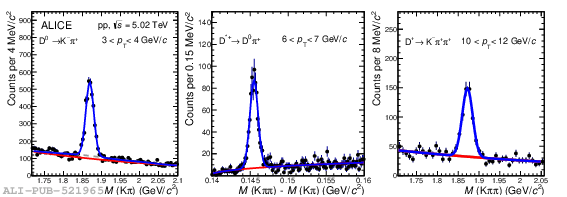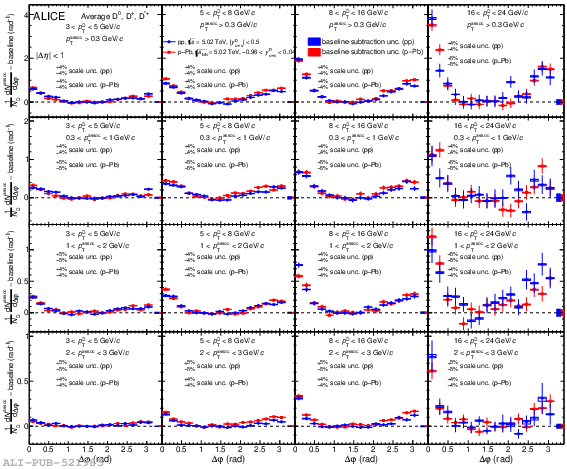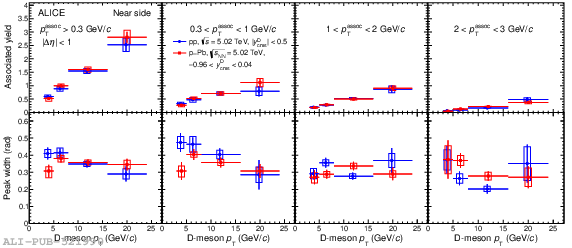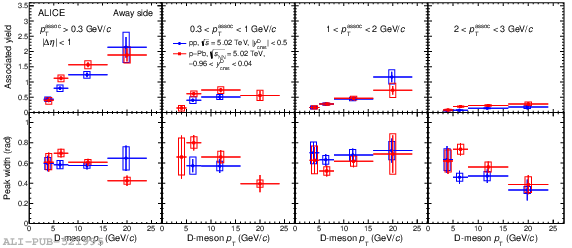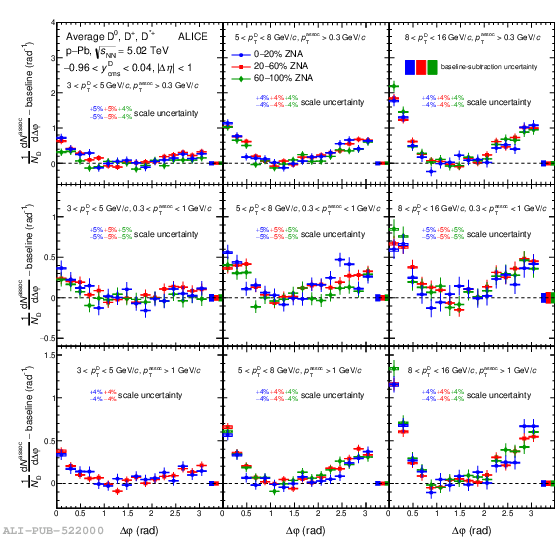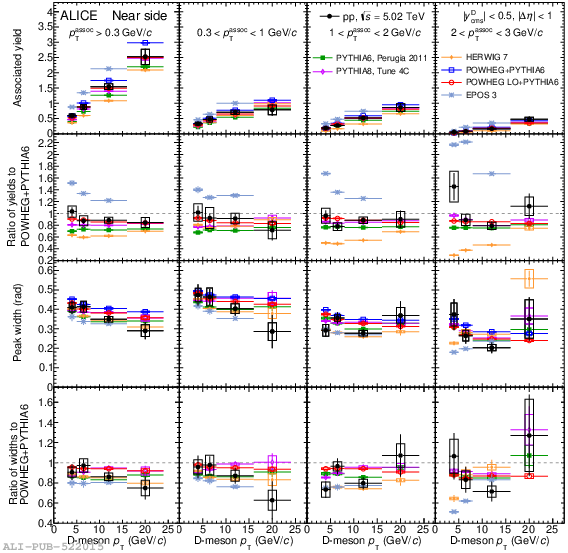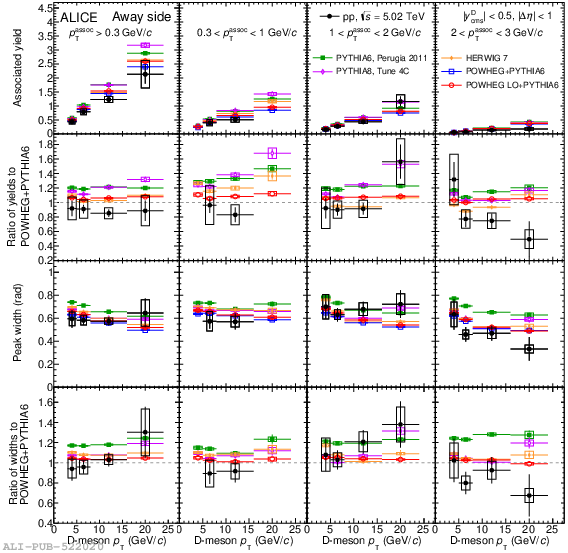The measurement of the azimuthal-correlation function of prompt D mesons with charged particles in pp collisions at $\sqrt{s}$ = 5.02 TeV and p-Pb collisions at $\sqrt{s_{\rm NN}}$ = 5.02 TeV with the ALICE detector at the LHC is reported. The D$^{\rm 0}$, D$^{\rm +}$, and D$^{\rm *+}$ mesons, together with their charge conjugates, were reconstructed at midrapidity in the transverse momentum interval 3 <~ $p_{\rm T}$ <~ 24 GeV/c and correlated with charged particles having $p_{\rm T}$ > 0.3 GeV/c and pseudorapidity $|\eta| <~$ 0.8. The properties of the correlation peaks appearing in the near- and away-side regions (for $\Delta \varphi \approx$ 0 and $\Delta \varphi \approx \pi$, respectively) were extracted via a fit to the azimuthal correlation functions. The shape of the correlation functions and the near- and away-side peak features are found to be consistent in pp and p-Pb collisions, showing no modifications due to nuclear effects within uncertainties. The results are compared with predictions from Monte Carlo simulations performed with the PYTHIA, POWHEG+PYTHIA, HERWIG, and EPOS 3 event generators.
EPJC 80 (2020) 979
HEP Data
e-Print: arXiv:1910.14403 | PDF | inSPIRE
CERN-EP-2019-239
Figure group

